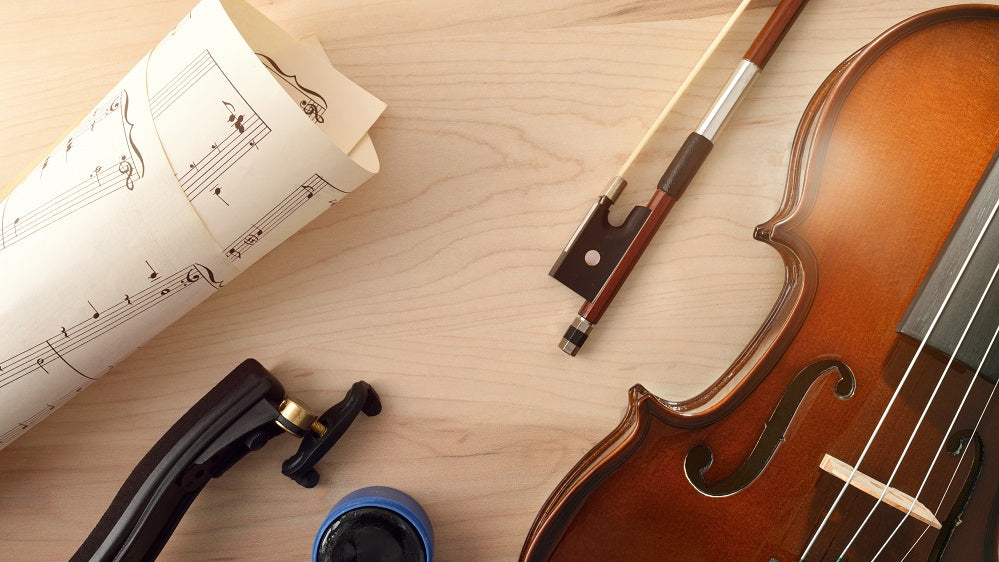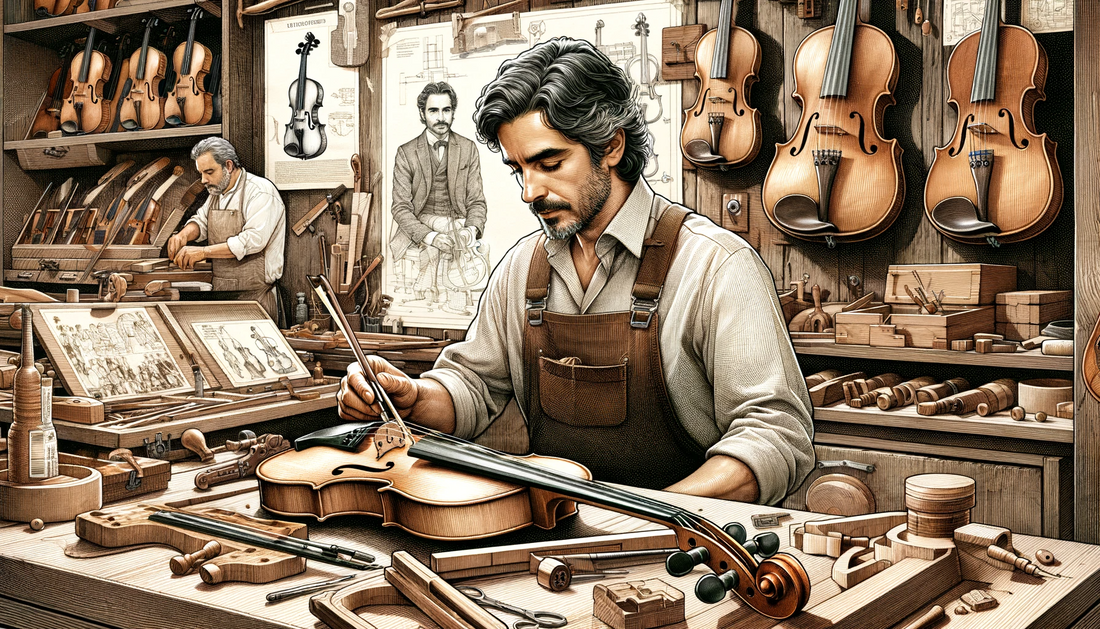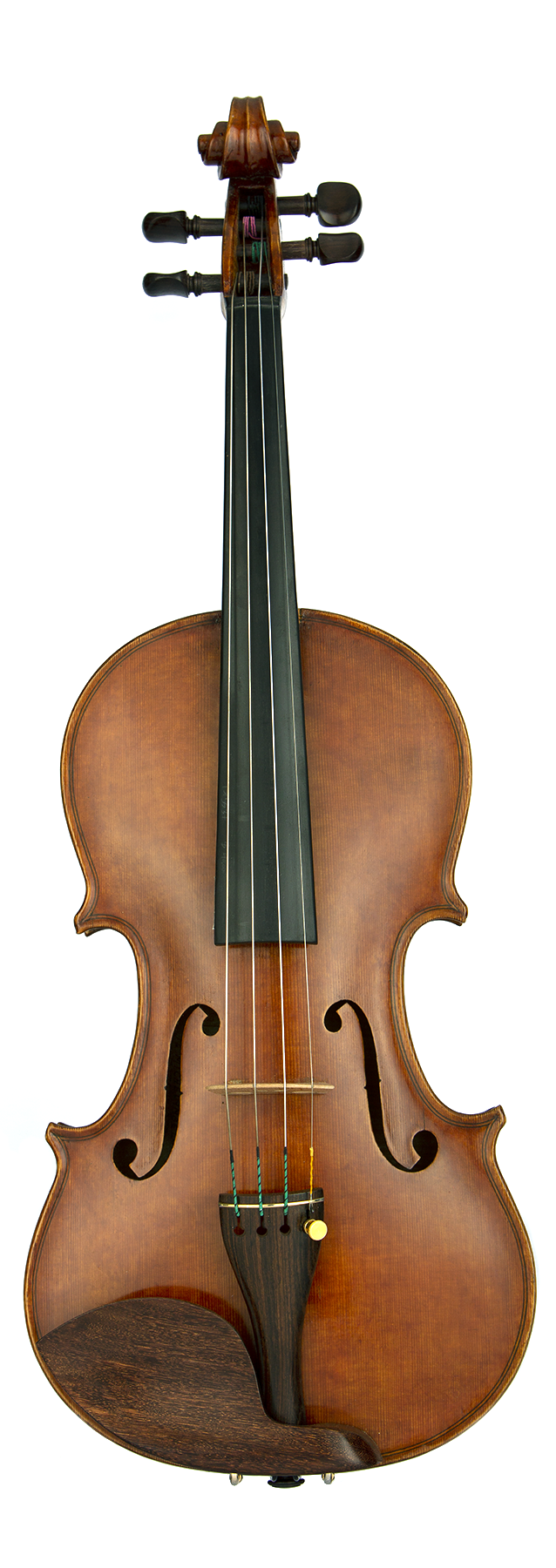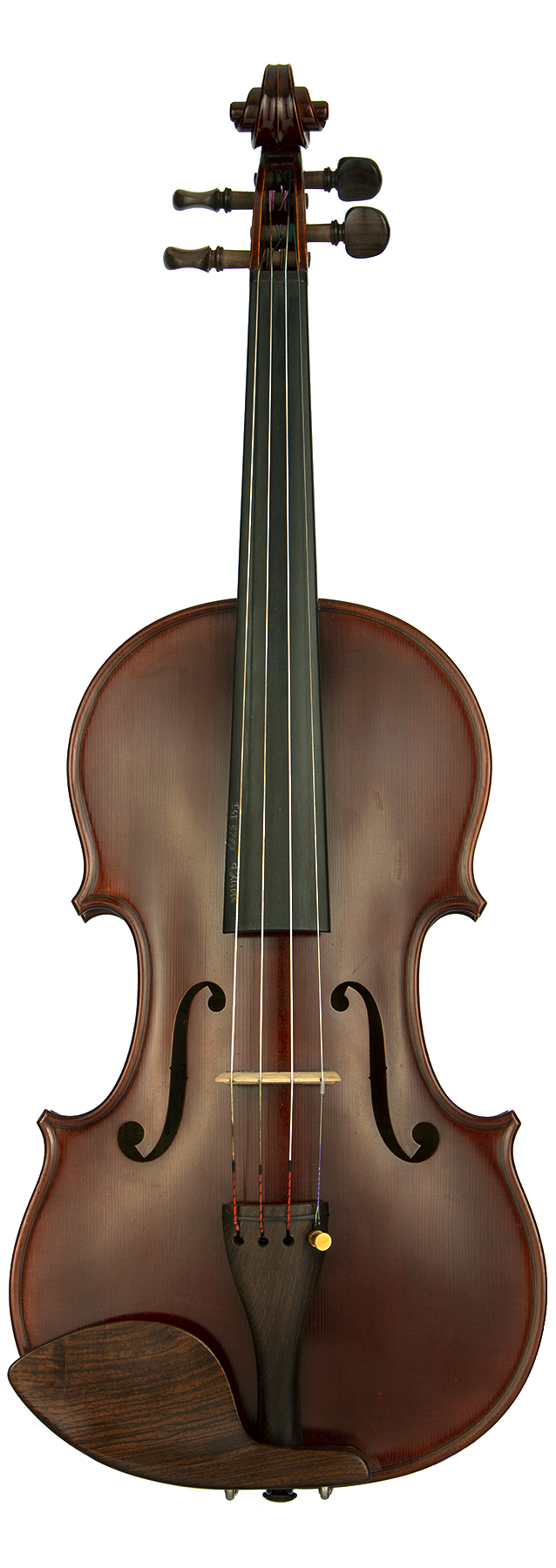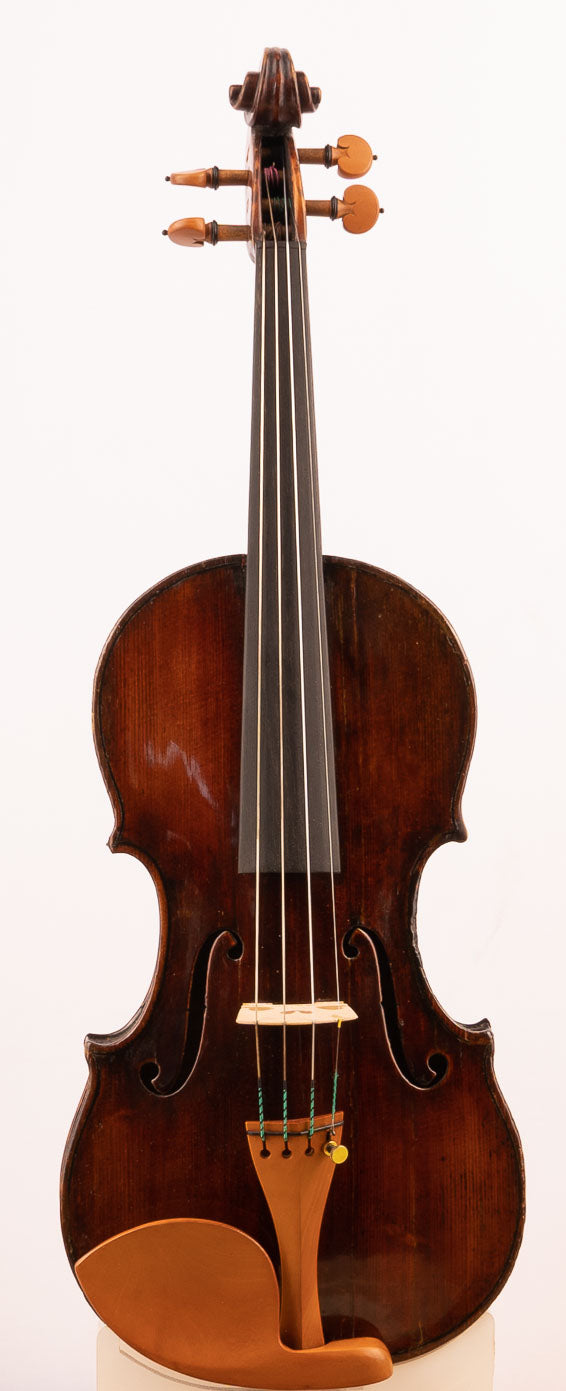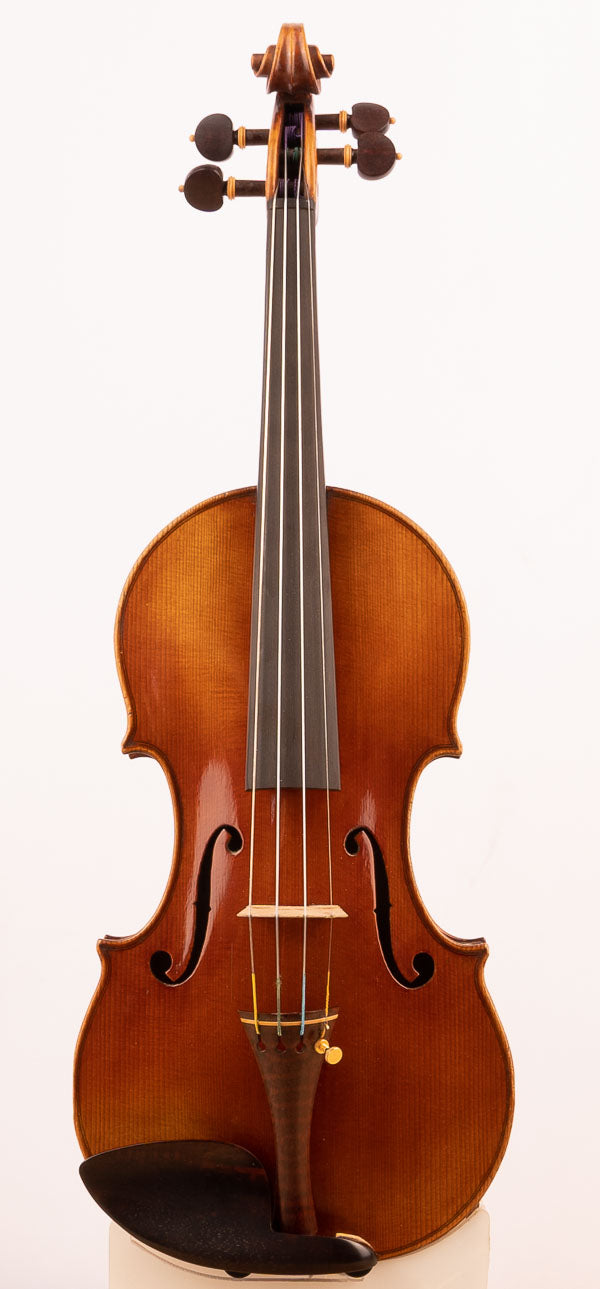The allure of old Italian violins, particularly those crafted by legendary makers such as Antonio Stradivari and Giuseppe Guarneri del Gesù, has captivated violin makers, players, and collectors for centuries. These instruments are renowned not only for their exquisite craftsmanship but also for their unmatched sound quality. The mystery surrounding these old Italian violins involves a blend of historical context, unique craftsmanship, and the elusive qualities that contribute to their distinctive sound.
Historical Significance and Craftsmanship
The golden era of Italian violin making, spanning from the late 16th to the 18th century, produced instruments that are now considered the pinnacle of the craft. Makers like Stradivari and Guarneri didn't just build violins; they perfected them. According to Pollens (2010), these luthiers worked in a period of intense artistic and cultural activity in Italy, which greatly influenced their work. They had access to high-quality woods, and their meticulous craftsmanship set the standard for violin making.
The construction methods used by these old Italian masters were painstakingly detailed. Every aspect of the violin, from the precise thickness of the wood to the varnish applied, was carefully considered. Stradivari, for instance, was known for his experimentation with different forms and his ability to adapt his designs over time. The wood selection - primarily spruce for the top and maple for the back, sides, and neck - was a critical factor, as these woods were known for their resonant qualities.
The Sound Quality of Old Italian Violins
The sound quality of old Italian violins is often described as richer and more powerful than that of other violins. Research by Fritz et al. (2012) indicates that the superiority of these instruments may be more perceived than real; however, the unique sound characteristics of old Italian violins are undeniable. Experts suggest that the combination of craftsmanship, wood aging, and perhaps even the varnish contributes to their distinct tonal qualities.
The exact factors that contribute to the exceptional sound of these violins remain partly a mystery. Some researchers have speculated that the climatic conditions during the time - specifically the Little Ice Age - contributed to the growth of dense, resonant wood. Others believe that the secret lies in the composition of the varnish or the specific techniques used in shaping the wood.
Ongoing Research and Modern Analysis
Modern technology has allowed experts to analyze these old violins in ways that were not previously possible. Techniques like CT scanning and 3D modeling have provided insights into the construction methods of Stradivari and Guarneri. According to a study by Stoel and Borman (2008), these methods have revealed the precise thickness and density variations in the wood, offering clues to the violins' sound quality.
Researchers have also been trying to replicate the varnish used by Stradivari, which some believe contributes to the unique sound of his violins. The exact composition of the varnish, however, remains unknown, and modern attempts to recreate it have not yet produced a violin with the same acoustic properties as a Stradivari.
Preservation and Restoration
The preservation and restoration of old Italian violins are also areas of significant importance. These instruments, being centuries old, require specialized care to preserve their sound quality and structural integrity. Restorers must balance maintaining the original craftsmanship with making necessary repairs, a task that requires extensive knowledge and skill.
Conclusion
The mystery of old Italian violins continues to be a subject of fascination and study. While modern science has provided some insights into the construction and materials of these instruments, there remains a certain magic to them that defies explanation. For violin makers, these instruments serve as a benchmark of excellence and a source of inspiration. The old Italian violins are not just musical instruments; they are artistic masterpieces that embody the rich history and skill of the master luthiers who created them.
References:
- Pollens, S. (2010). Stradivari. Cambridge: Cambridge University Press.
- Fritz, C., Curtin, J., Poitevineau, J., Morrel-Samuels, P., & Tao, F. C. (2012). Player preferences among new and old violins. Proceedings of the National Academy of Sciences, 109(3), 760-763.
- Stoel, B. C., & Borman, T. M. (2008). A Comparison of Wood Density between Classical Cremonese and Modern Violins. PLOS ONE, 3(7), e2554.
